Yaofeng Song
STGIN: A Spatial Temporal Graph-Informer Network for Long Sequence Traffic Speed Forecasting
Oct 01, 2022
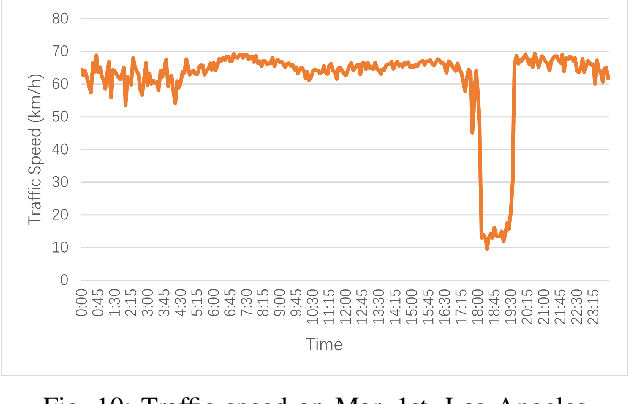
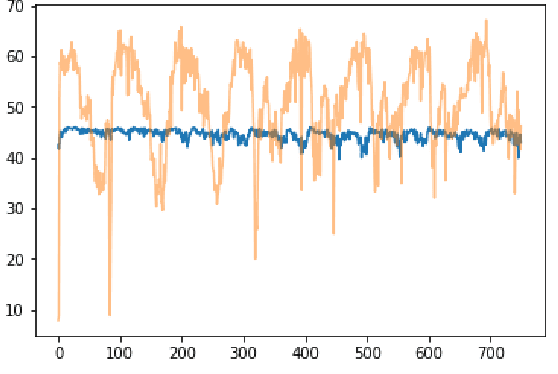
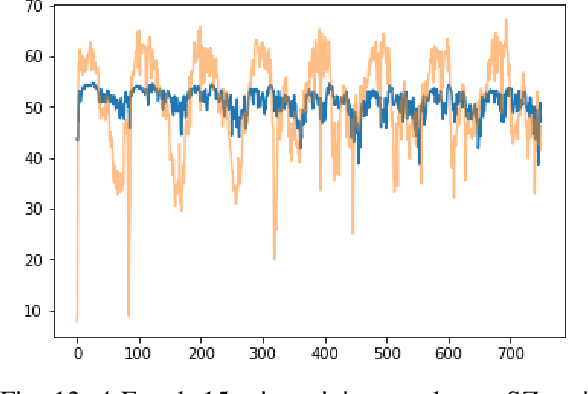
Abstract:Accurate long series forecasting of traffic information is critical for the development of intelligent traffic systems. We may benefit from the rapid growth of neural network analysis technology to better understand the underlying functioning patterns of traffic networks as a result of this progress. Due to the fact that traffic data and facility utilization circumstances are sequentially dependent on past and present situations, several related neural network techniques based on temporal dependency extraction models have been developed to solve the problem. The complicated topological road structure, on the other hand, amplifies the effect of spatial interdependence, which cannot be captured by pure temporal extraction approaches. Additionally, the typical Deep Recurrent Neural Network (RNN) topology has a constraint on global information extraction, which is required for comprehensive long-term prediction. This study proposes a new spatial-temporal neural network architecture, called Spatial-Temporal Graph-Informer (STGIN), to handle the long-term traffic parameters forecasting issue by merging the Informer and Graph Attention Network (GAT) layers for spatial and temporal relationships extraction. The attention mechanism potentially guarantees long-term prediction performance without significant information loss from distant inputs. On two real-world traffic datasets with varying horizons, experimental findings validate the long sequence prediction abilities, and further interpretation is provided.
Dense-TNT: Efficient Vehicle Type Classification Neural Network Using Satellite Imagery
Sep 27, 2022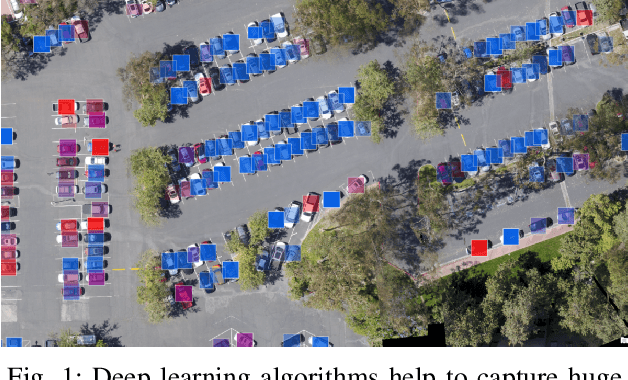
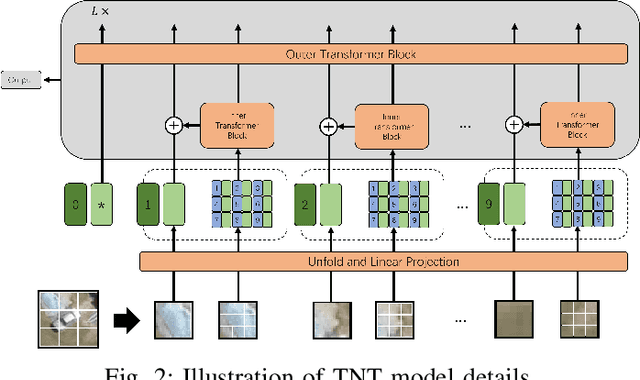
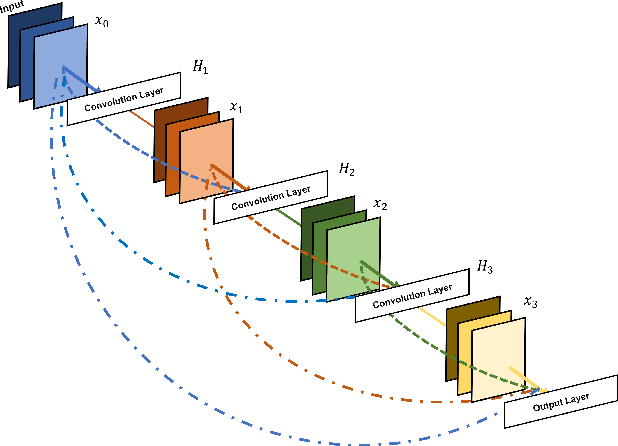

Abstract:Accurate vehicle type classification serves a significant role in the intelligent transportation system. It is critical for ruler to understand the road conditions and usually contributive for the traffic light control system to response correspondingly to alleviate traffic congestion. New technologies and comprehensive data sources, such as aerial photos and remote sensing data, provide richer and high-dimensional information. Also, due to the rapid development of deep neural network technology, image based vehicle classification methods can better extract underlying objective features when processing data. Recently, several deep learning models have been proposed to solve the problem. However, traditional pure convolutional based approaches have constraints on global information extraction, and the complex environment, such as bad weather, seriously limits the recognition capability. To improve the vehicle type classification capability under complex environment, this study proposes a novel Densely Connected Convolutional Transformer in Transformer Neural Network (Dense-TNT) framework for the vehicle type classification by stacking Densely Connected Convolutional Network (DenseNet) and Transformer in Transformer (TNT) layers. Three-region vehicle data and four different weather conditions are deployed for recognition capability evaluation. Experimental findings validate the recognition ability of our proposed vehicle classification model with little decay, even under the heavy foggy weather condition.
AST-GIN: Attribute-Augmented Spatial-Temporal Graph Informer Network for Electric Vehicle Charging Station Availability Forecasting
Sep 07, 2022

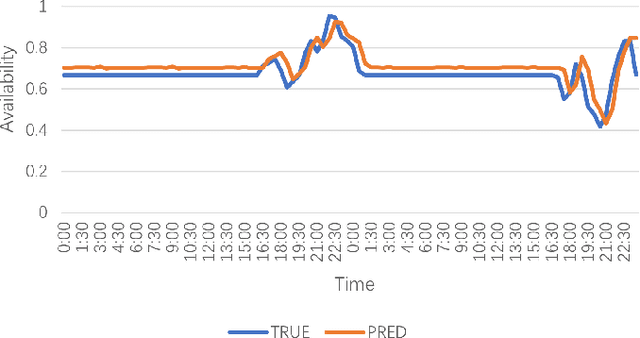
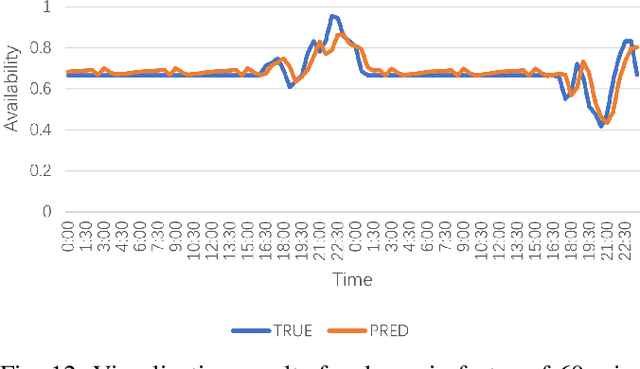
Abstract:Electric Vehicle (EV) charging demand and charging station availability forecasting is one of the challenges in the intelligent transportation system. With the accurate EV station situation prediction, suitable charging behaviors could be scheduled in advance to relieve range anxiety. Many existing deep learning methods are proposed to address this issue, however, due to the complex road network structure and comprehensive external factors, such as point of interests (POIs) and weather effects, many commonly used algorithms could just extract the historical usage information without considering comprehensive influence of external factors. To enhance the prediction accuracy and interpretability, the Attribute-Augmented Spatial-Temporal Graph Informer (AST-GIN) structure is proposed in this study by combining the Graph Convolutional Network (GCN) layer and the Informer layer to extract both external and internal spatial-temporal dependence of relevant transportation data. And the external factors are modeled as dynamic attributes by the attribute-augmented encoder for training. AST-GIN model is tested on the data collected in Dundee City and experimental results show the effectiveness of our model considering external factors influence over various horizon settings compared with other baselines.
 Add to Chrome
Add to Chrome Add to Firefox
Add to Firefox Add to Edge
Add to Edge